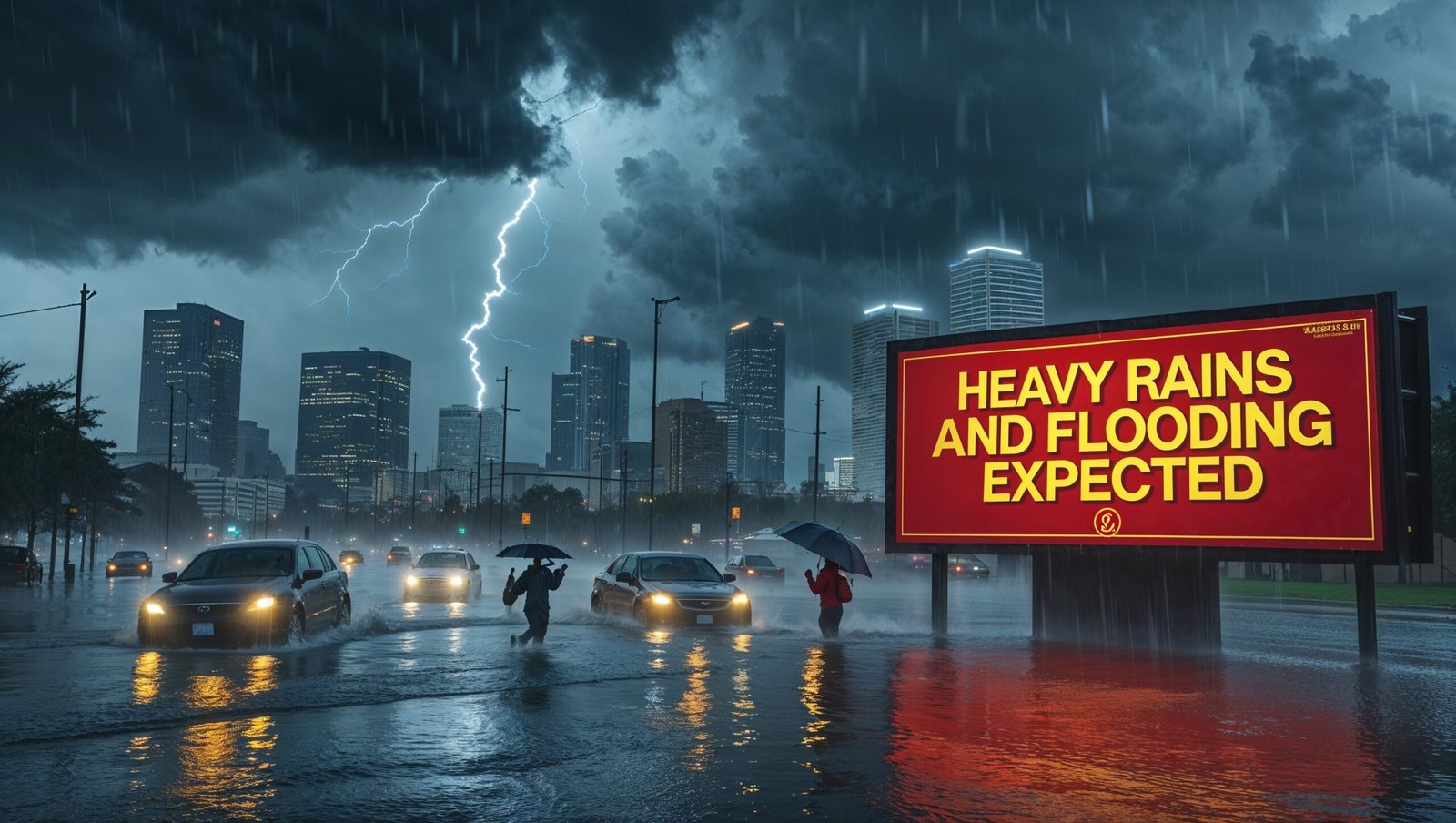Tsunami: A Natural Phenomenon That Transforms Landscapes
Introduction
A tsunami, known for its colossal waves and overwhelming power, is a natural occurrence that can dramatically reshape coastlines and alter ecosystems. These giant sea waves are primarily caused by underwater seismic activity such as earthquakes, volcanic eruptions, or landslides. They have the potential to travel across ocean basins at surprising speeds and cause wide-ranging destruction upon reaching land.
Origin and Causes
The term “tsunami” originates from the Japanese words “tsu” meaning harbor and “nami” meaning wave. This nomenclature underscores the devastating impact these waves can have on coastal structures and communities. The primary cause of tsunamis is the sudden displacement of water following an earthquake with a significant uplift or subsidence of the sea floor. Other natural events like volcanic eruptions or massive landslides, whether submarine or proximal to water bodies, can also induce tsunamis.
Mechanics of a Tsunami
Tsunamis function as swift, powerful waves that can span fast distances across ocean expanses, reaching speeds of up to 500 to 950 kilometers per hour (310 to 590 miles per hour) in deep waters, similar to the speed of an aeroplane. However, their wavelengths can stretch over hundreds of kilometers, causing a barely noticeable ripple in the open ocean. As these waves approach shorelines, they compress due to shallower depths, amplifying in height and intensity before crashing onto land with tremendous force.
Regional Impact and Cultural Significance
Regions that are most susceptible to tsunamis include areas within the Pacific Ring of Fire, a zone teeming with tectonic activity. Notable historical tsunamis include the 2004 Indian Ocean tsunami and the 2011 Tohoku earthquake and tsunami in Japan. These events have underscored the need for effective early warning systems and disaster preparedness to minimize human and environmental losses.
In areas such as Hawaii or Japan, tsunamis hold cultural significance, being depicted in art and folklore as forces of nature that demand respect and preparedness. Coastal communities have historically used specific architectural designs with elevated structures or escape routes to mitigate the risks posed by tsunamis.
Scientific Advancements and Early Warning Systems
Thanks to advancements in technology and science, modern-day tsunami monitoring systems are more sophisticated, utilizing a network of seismographs, deep-sea buoys, and coastal tide gauges. These tools are crucial for predicting the arrival of tsunamis and facilitating timely evacuations, thus significantly reducing potential harm and destruction. Educational initiatives further empower communities by raising awareness and instructing residents on how to respond during a tsunami warning.
Environmental and Ecological Consequences
Tsunamis can be both destructive and transformative to natural environments. The inundation of seawater onto terrestrial landscapes can lead to significant soil erosion, habitat loss for terrestrial species, and contamination of freshwater resources. Conversely, the nutrient-rich sediments deposited by tsunamis can eventually foster new habitats and contribute to ecosystem flourishing. The dynamics between destruction and renewal highlight the dual nature of tsunamis as both destructive force and ecological cleansers in certain contexts.
Historical Events and Recovery Efforts
Past tsunami events have demonstrated humanity’s resilience and capacity for recovery. In the aftermath of the 2004 Indian Ocean tsunami, extensive global humanitarian efforts were mobilized, helping to rebuild affected communities and infrastructure. In Japan, the tsunami of 2011 led to the implementation of stricter building codes, enhanced emergency response protocols, and re-envisioned coastal defenses.
These initiatives underscore the importance of international collaboration, scientific research, and sustainable development in minimizing the impact of future tsunamis and fostering community resilience.
People Also Ask
1. How do tsunamis differ from regular ocean waves?
Tsunamis are not generated by wind like common waves; instead, they are caused by underwater disturbances such as earthquakes. They possess substantially larger wavelengths and can traverse entire ocean basins at high speeds.
2. Can tsunamis be predicted accurately?
While it is challenging to predict precisely when a tsunami will occur, advances in technology such as seismographs and deep-sea sensors provide critical data that help in early detection and issuing warnings.
3. What measures can communities take to mitigate tsunami damage?
Communities can implement early warning systems, develop evacuation plans, construct tsunami-resistant infrastructure, and conduct public awareness campaigns to enhance preparedness and response.
4. Have there been any positive effects from tsunamis?
Though destructive, tsunamis can deposit nutrient-rich sediments that rejuvenate ecosystems, contributing to the creation of new habitats and supporting biodiversity growth in certain regions.
5. What are some historical tsunamis of note?
Significant tsunamis include the 2004 Indian Ocean tsunami and the 2011 Tohoku tsunami in Japan, both of which resulted in widespread destruction and led to major advancements in disaster preparedness.







